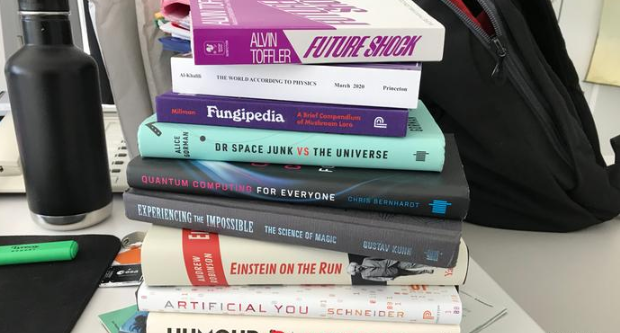IELTS スピーキング バンドスコア 7+対策法 ディスコースマーカー 9 TOPIC CHANGES「話題転換」/ DISCLAIMER「情報伝達」

IELTS スピーキングの採点基準「Fluency and coherence : 流暢さと首尾一貫性」で
高い評価を得るために、ディスコース・マーカー(繋ぎ語)を適切に使って
話に一貫性があることをアピールすることが必要です。
ディスコースマーカーというのは、「論理マーカー」とか「シグナルワード」とか、
いろいろと言い方はありますが、簡単に言うと、接続詞、接続副詞や
前置詞句のことです。
ディスコースマーカーを的確に使うことで、話しを論理的に展開することができます。
今回は、「話題転換」「情報伝達」の機能を持つディスコ―スマーカーを練習していきましょう。
試験で使える!ディスコースマーカー機能表現
▮ディスコースマーカー 機能表現
TOPIC CHANGES「話題転換」/ DISCLAIMER「情報伝達」

ディスコ―スマーカーを使った試験で使える文章
● Sample 1:
Everything here is set – the lights, food, cameras. Oh, by the way, you did to get our costumes later.

Explanation: The speaker is saying something and shifted from preparation to picking up.
● Sample 2:
Please be advised that you have to be at the airport 4 hours before your international flight.

Explanation: It shows that the speaker is giving the responsibility to the passenger at the airport.
TOPIC CHANGES「話題転換」 の ディスコースマーカー

By the way : ところで、ついでながら
Incidentally : ついでに(言えば)、ついでながら、ところで
To update you : 最新情報をお伝えすると
On a different note : 別の話ですが
Speaking of which : そういえば
While we’re on the subject : その話のついでだけど
DISCLAIMER「情報伝達」 のディスコースマーカー
FYI, For your information : ご参考までに
(Just) so you know : ご存知だと思いますが
(Just) so you’re aware : ご存知だと思いますが
Be advised : ご承知おきください
試験で使える! ディスコースマーカーを使った回答文
問題
1. Do you think it’s important to read the news every day?
Use ‘just so you’re aware’ in the beginning of your answer.

● Sample Answer:
Yes, I do believe it’s important to read or watch the news every day. Just so you’re aware, I was a campus journalist during my high school years, so I might be biased here. But I personally believe knowing the news every day makes you more informed. If you know what’s happening around you, you can respond to it accordingly. And while we’re on the subject of news, I also think people should be aware of fake news. It’s everywhere, and it can cause confusion and chaos if we don’t know how to double-check our sources.







